Human Heads from Ancient Rome
Human headsfrom Ancient Rome, from the Series "Antiquities of Herculaneum Exposed", original etching from the end of the 18th Century, made by Various Old Masters.
In very good condition, except for some stains along the margins.
In this artwork are represented three different human heads. On the lower center of the margin, a written: Grandi come gli originali. On the back, printed writings certainly derived from.
The etching belongs to the print-series Antichità di Ercolano Esposte (original title: Le Antichità di Ercolano Esposte), eight volumes of engravings of the finds from the excavation of the ruins of Herculaneum in the Kingdom of Naples (today Campania, Italy).
It was published between 1757 and 1792 by the Regia Stamperia and later these copies were delivered to selected recipients throughout Europe.
Human heads from Ancient Rome, from the Series "Antiquities of Herculaneum Exposed", original etching from the end of the 18th Century, made by Various Old Masters..
In very good condition, except for some stains along the margins.
In this artwork are represented three different human heads. On the lower center of the margin, a written: Grandi come gli originali. On the back, printed writings certainly derived from.
The etching belongs to the print-series Antichità di Ercolano Esposte (original title: Le Antichità di Ercolano Esposte), eight volumes of engravings of the finds from the excavation of the ruins of Herculaneum in the Kingdom of Naples (today Campania, Italy).
It was published between 1757 and 1792 by the Regia Stamperia and later these copies were delivered to selected recipients throughout Europe.
Despite the title, the Antiquity of Herculaneum shows objects from all the excavations undertaken by the Bourbons in the Gulf of Naples. These include Pompeii, Stabia and two sites of Herculaneum: Resina and Portici.
The Bourbon king Charles commissioned fifteen scholars to create a new “Herculaneum Academy” to study the finds and publish the results of the archaeological excavations of the sites.
The engravings are of high quality and the accompanying text shows a large scholarship.
They were made by 25 leading artists involved by the King to prepare drawings and engravings on the finds, among which we find Giovanni Elia Morghen, Carlo Nolli, Luigi Vanvitelli and Giovanni Battista Casanova.
The "Antiquity" was designed more to amaze readers with the quality of the objects in the collection of the King of Naples than to be used in research, following and increasing the interest of eighteenth-century society for classical culture and art in particular.
Through the exaltation of the classical concept of proportion and harmony, the book inspired the neoclassical movement in Europe, giving artists and decorators access to a vast workshop of Hellenistic motifs.
Ref .:
National Gallery (Washington), Mark J. Millard Architectural, IV (2000), n. 1.
L. Garcia y Garcia, Nova bibliotheca Pompeiana (2 v., 1998).
Royal Institute of British Architects, British Architectural Library ... First Printed Books, 1 (1994), no. 112.
U. Pannuti, Engravers and designers of the Royal Printing House of Naples in the 18th century: the publication of the Antiquities of Herculaneum, in Xenia antiqua, 9 (2000), p. 151-178.
V. Trombetta, The edition of The Antiquities of Herculaneum exhibited in Rendiconti of the Academy of Archeology, Letters and Fine Arts of Naples, 59 (1984), p.151-172.

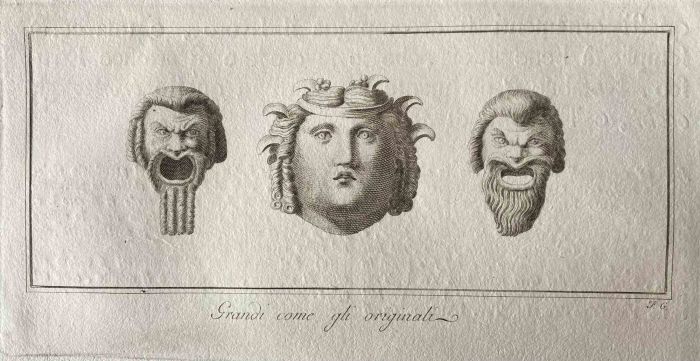
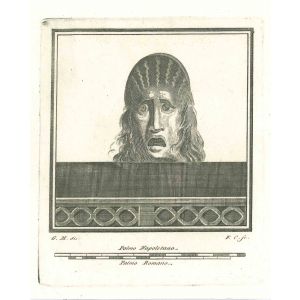
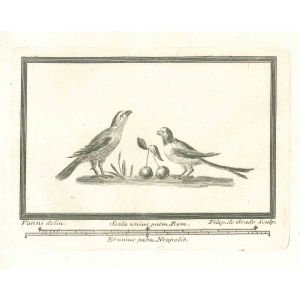
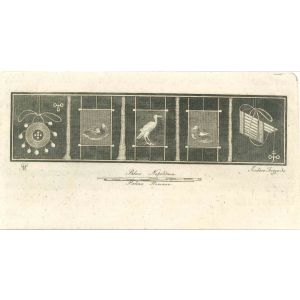
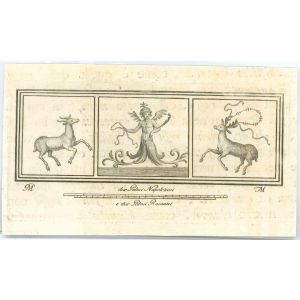
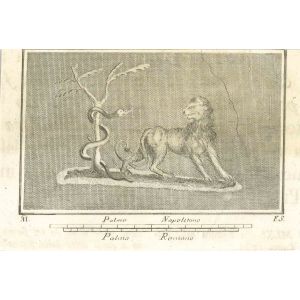
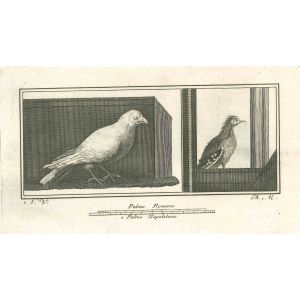
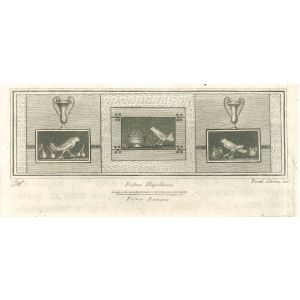
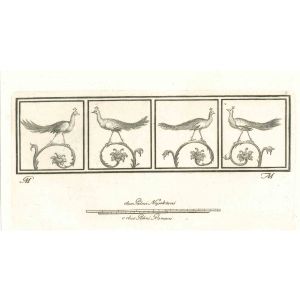
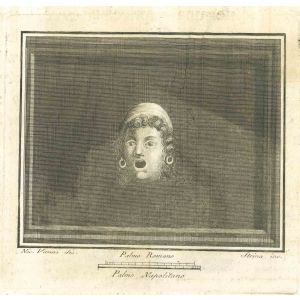
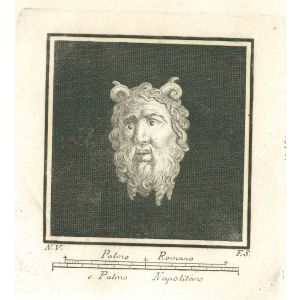
Validate your login